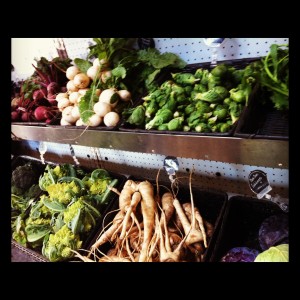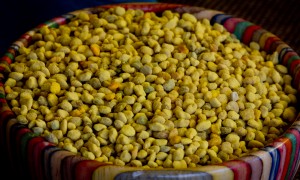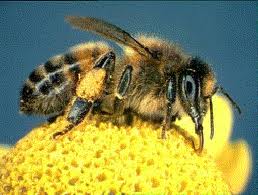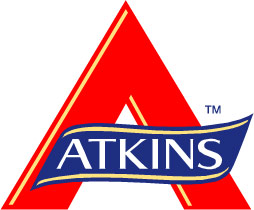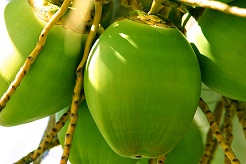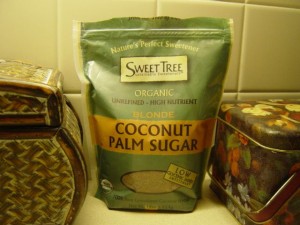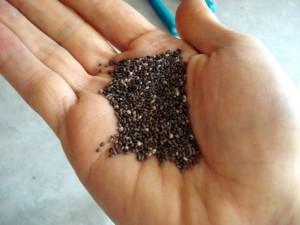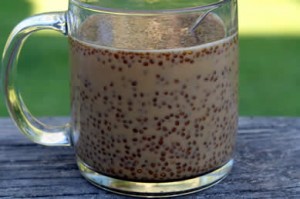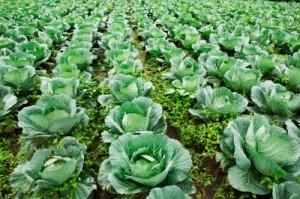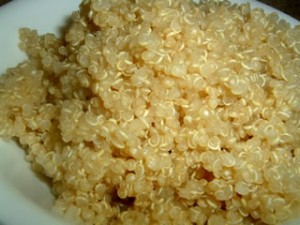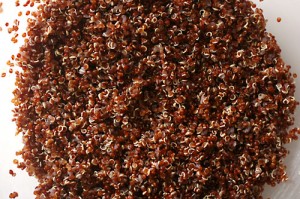I hear a LOT of chatter about “my diet starts tomorrow!”, “I think I’m going to go gluten-free to lose some weight”, and my favorite “Just signed up for a new gym, so I know I’m going to go every day, and 2013 will be my year.” I appreciate all of the gusto, and that people decide to make a change, with a definitive date in mind (i.e. New Years day), and I REALLY want everyone to be successful, so why don’t we make a resolution we can stick to? Perhaps, being healthier in 2013! There are so many things you can do to be healthier without making ridiculous requests of yourself that you know you won’t be able to keep.
How do I go about being healthier?
–Make a commitment to exercise: Try something new, something different, and something you aren’t committing to for a whole year! So don’t spend a ton of money at a gym, maybe get a pack of passes to a yoga and/or Pilates studio? Pole dancing? Spinning? Boot camp? Pick your poison; try something new, and stick to a two to three month commitment. There’s no need to be married to it, if you like it, stick with it, if you don’t, you are not out a ton of money and you will find something new, but you are trying something new exercising, and you’re excited about it, which means you’re more apt to do it. Paying a ton of money and signing a years contract to a gym does not mean you will actually be going there to run on that hamster wheel…right?
–Take the time for nutrition: Make a food journal, if you feel that you need to step up your diet and eat healthier, and figure out where your calories are coming from. Don’t cheat yourself, but write down everything (including beverages) that you ingest during the day, and try to find ways to make it healthier, or cut calories. Do you snack on candy at work? Bring trail mix (full of fiber, some sweetness from dried fruits, and protein from nuts) which will keep you satiated longer than candy and you will feel better, or just bring some protein in the form of nuts, yogurt, jerky, etc. if you bring your own snacks that you enjoy and are healthy, it will cut down on the amount of mindless snacking, that can add up in calories! Plus making your own food, you have more control over the ingredients and the amount of fats/sugars added, so your nutrition is literally in your own hands.
–Try to decrease refined sugars: It is difficult and definitely a commitment, but I am not a huge fan of people quitting things cold turkey, as it were. Watch the foods you are eating, and read nutrition labels, and try to cut out anything with extra sugars added and cut down on how much you add to your morning coffee (for example), or breakfast cereal. Try Coconut palm sugar or agave, something that is not a chemical, with a low glycemic index that still makes your sweet tooth feel satiated!
–Commit to eat out LESS: Eating out or getting take out foods a lot, not only will cost a lot, but there are hidden fat and calories in take out food, that you wouldn’t add yourself. If you don’t cook, maybe grab a friend and take a cooking class? Or just teach yourself, as long as you make a commitment to learn to cook, you can do it…even if not burning toast is a feat for you, give yourself a pat on the back for getting it done! Some food items that seem like you have to buy them because they would be hard to make, are so easy to make and more delicious when you make them yourself, like: hummus and pita chips, salads, soups, etc.. So simple, and you can cut fat, calories, and extra sodium! I made a tomato basil bisque with 1/4 of the fat and calories that you would normally get at a restaurant- so easy, fast, and yumbos!
–Try not to obsess about numbers: I am the opposite of most people and I don’t even own a scale. I judge my weight based off of how I look and feel in clothes. I roughly know what I weigh, but I am never certain until I go for a check up and I get weighed! But, if you are someone who weighs themselves a few tips: don’t do it daily (especially for women, hormones can really mess with that number), but weigh yourself at the same time weekly (this will give you a better average), and don’t be so obsessed with ONE number that you want to weigh. Just be healthy, and exercise, and your weigh will come down to what it should be; if you starve yourself or workout like bonkers to hit a certain number, once you hit it, you will most likely won’t stay there: you set yourself up for failure.
Truly making a commitment to yourself and bettering your health is the first decision that you make, from there on, it is so easy to stick to it: buy healthy foods (buy groceries primarily from the outer aisles of the store), stock up on healthy snacks and keep them around (if you have easy access to healthy foods you are more apt to eat them), and try some new exercises, grab a buddy and go! The only person that can impeded your commitment to a healthier you IS you, so make that decision, go for it fully, and take charge over your own body. It will feel good to be healthy, and starting off with healthy choices makes you feel good and will lead to a chain reaction of healthy choices. So here’s to 2013 and a healthier version of you!!!
Yours in Good Health
B


